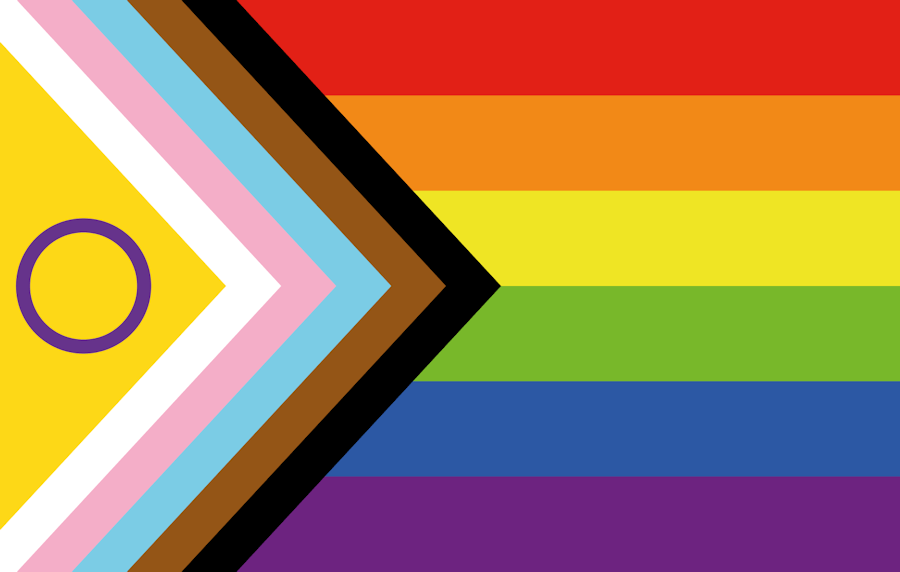
Creative Arts Therapies Help Patients Struggling with Eating Disorders Communicate Through Nonverbal Language
Creative Arts Therapies Help Patients Struggling with Eating Disorders Communicate Through Nonverbal Language
Written by: Timberline Knolls Staff
Sometimes when an individual is struggling with an eating disorder, they also struggle to find the words to express the depths of how they are feeling. But just because an individual is having difficulty communicating doesn’t mean that there is no hope for recovery from the compulsion to engage in disordered eating.
When combined with other evidence-based therapies, creative arts therapies such as art therapy or dance/movement therapy (DMT) can allow individuals to use nonverbal forms of communication to rediscover their voice. By participating in creative arts therapies under the guidance of licensed therapists, individuals who are suffering from an eating disorder can start to express the feelings that they were unable to verbalize through traditional talk therapy.
The Benefits of Art Therapy
Oftentimes, there just don’t seem to be any words available to truly describe what a person is thinking and feeling about the many ways an eating disorder has disrupted their life. Those feelings are there, affecting their ability to function every single day, but identifying what those feelings are and connecting with them in a tangible way can be challenging.
An art therapist can help an individual to identify those emotions through creative techniques such as drawing, sculpting, painting, or collage. An individual does not need any artistic experience or talent to participate in art therapy because, often, their body and their mind will start to communicate specific messages through these creative activities without even having to think about it.

After an individual creates a piece of art in an art therapy session, their art therapist will work with them to decode the nonverbal messages, metaphors, or symbols in their creation. By engaging the patient in verbal communication through questions about the creative process and their art, an art therapist can help an individual start to express themselves in a safe, nonjudgmental environment.
The Benefits of Dance/Movement Therapy
Our first language is movement, so it comes as no surprise that the mind and body are interconnected. As the name suggests, dance/movement therapy (DMT) uses both dance and movement to help patients achieve specific therapeutic goals, such as improving their self-esteem and body image, understanding how to regulate their emotions, and building better communication skills.
Like with art therapy, patients don’t need any dance experience or talent to engage in DMT. In fact, DMT doesn’t even always involve dancing. Although some DMT programs do consist of various forms of dance, such as ballroom dancing, they also might involve movement such as yoga and stretching.
In a therapeutic setting, dancing or movement activities can help people who are struggling with eating disorders to use nonverbal language to communicate their conscious and unconscious feelings. A therapist who is trained in DMT can assess a patient’s nonverbal language and respond to their movements with the appropriate therapeutic interventions, helping to translate their nonverbal communication into information that can promote the patient’s recovery.
Creative arts therapies are proven, effective methods of helping individuals start to heal from the damage they have experienced from living with an eating disorder. There are so many different ways to communicate, and art therapy and DMT allow patients to open up in ways that they may not have realized were possible.






